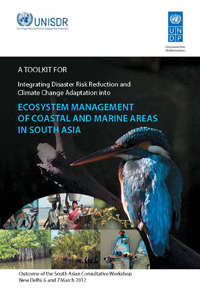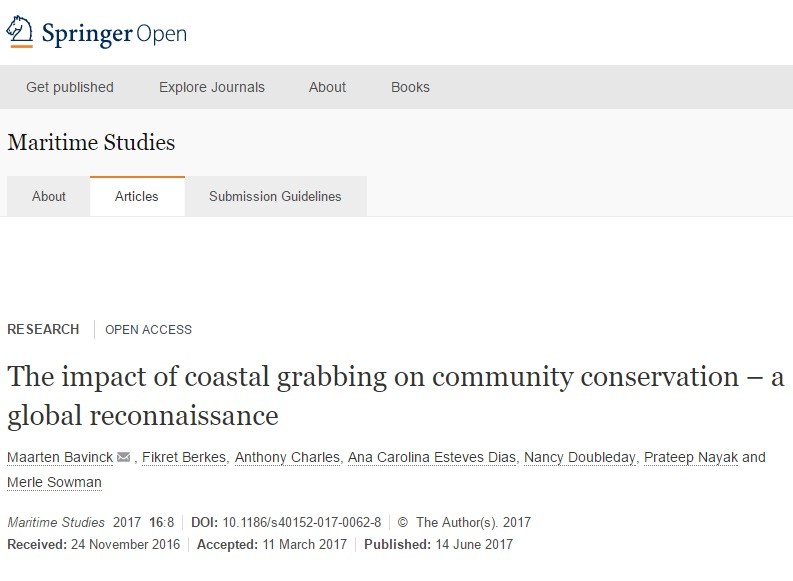A Toolkit for Integrating Disaster Risk Reduction and Climate Change Adaptation into Ecosystem Management of Coastal and Marine Areas in South Asia
This toolkit provides a step-by-step guide to integrating disaster risk reduction and climate change adaptation into the coastal and marine ecosystem management in the coastal sub-region of South Asia including Bangladesh, India, Maldives, Pakistan and Sri Lanka.









